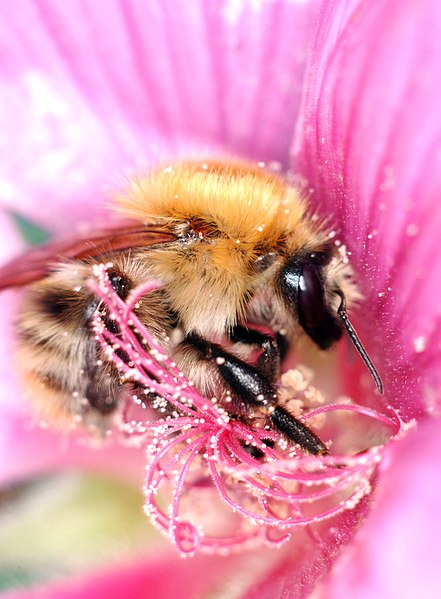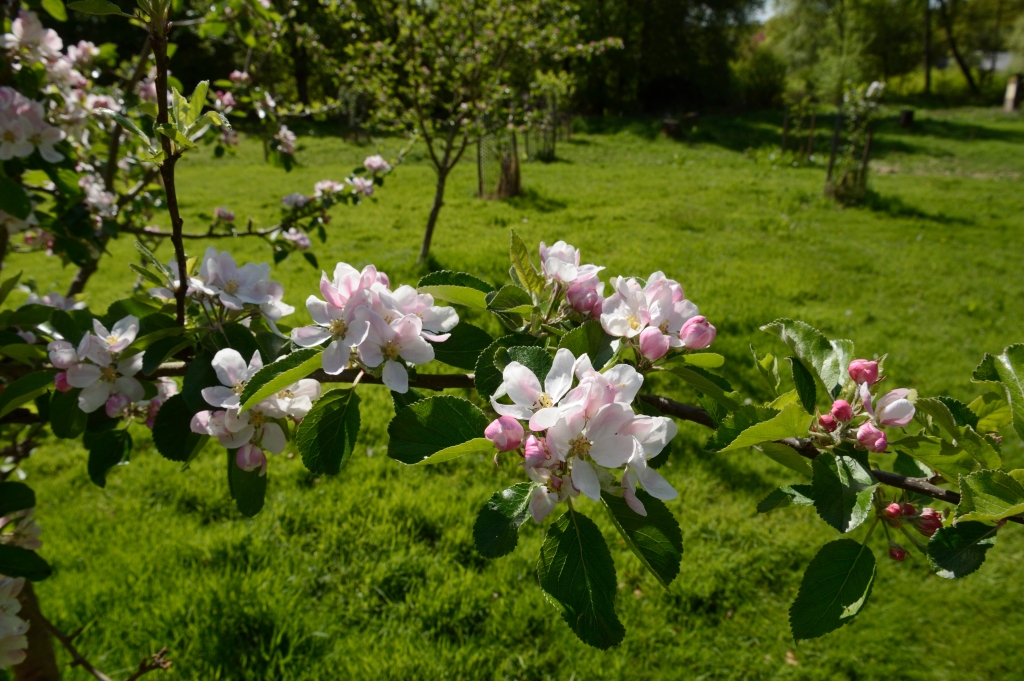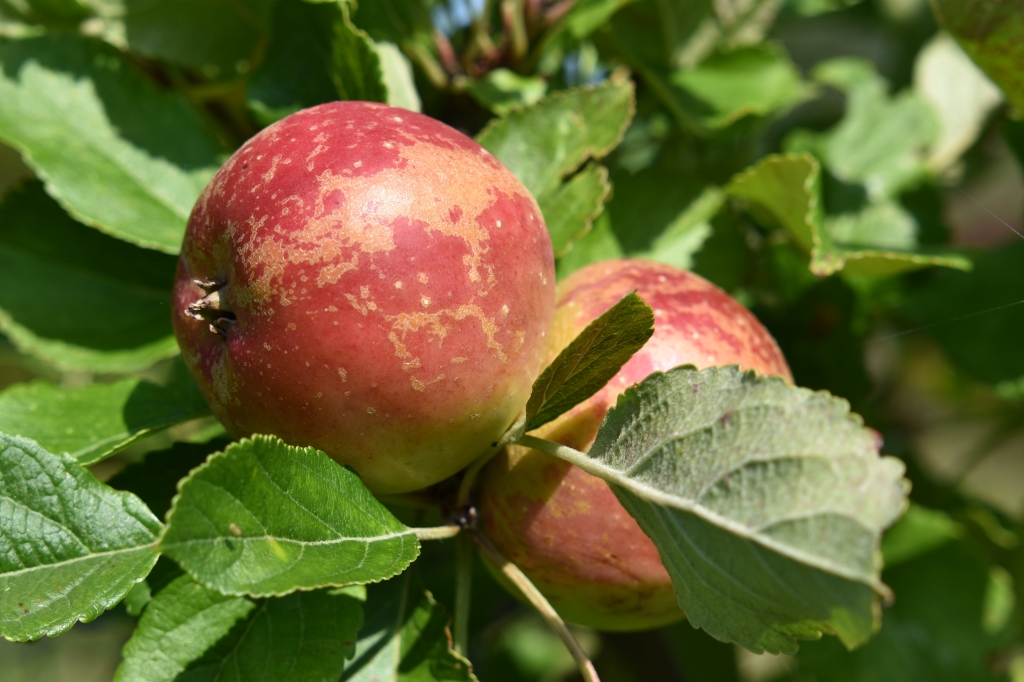Given the popularity of apples in Britain you could be forgiven for expecting the apple bumble bee (Bombus pomorum) to be one of the species found here. However, think again. The Bumblebee Conservation Trust’s website records sightings on the south coast in the mid-1800s, whilst the equally highly-reputable NBN Atlas, which holds more than 198 million UK species records, has only two mentions for the apple bumble bee. They are both historic sightings.

Dave Goulson’s highly regarded and hugely enjoyable ‘A Sting in the Tale’ makes reference to the apple bumble bee as maybe having never been resident in the UK. The four specimens known were, he explains, found on the dunes near Deal (Kent) in 1865. And whilst he reckons the sightings likely to be genuine, given the stature of the recorder and the existence of specimens, no further records have been confirmed in the 150 plus years since.
We can surmise with some confidence that this isn’t down to under-recording. Given the long-standing and very efficient history of studying bumble bees on these shores it would hardly be missed. As things stand you need to visit central and eastern Europe to catch a glimpse.
In 1999 Lithuania marked several important events on postage stamps. The 400th anniversary of the printing of the first book in the Baltic state was one, two bumble bees which featured on their red list – one being the apple bumble bee – were also of sufficient national interest to feature.
Bombus pomorum has seen its range alter on the continent. It hasn’t been recorded in Denmark, Spain, or Belgium in recent years. Unlikely to be found near the coast, it is fond of flowers such as thistles, and as agriculture continues to intensify, and so-called weeds are marginalised, it is now viewed as being in an unfavourable or vulnerable condition within its current range. Additionally, the species is considered to be at risk due to the threat of climate change.
That said there was interesting news recently when two specimens were collected in Siberia. This was a first for this species, although it could be that rather than expanding its range it had simply gone unnoticed previously.

We can’t always take a species name as definitive or too literally. Why was the apple bumble bee so named? That may be lost in time. Sometimes even well known names can be plain misleading, rather like the Koala Bear (which isn’t a bear) or, stepping beyond nature, the Hundred Years War (which lasted 116 years). In the case of the apple bumblebee the name almost suggests it specialises exclusively on apple blossom, which is unlikely given the very limited flowering period.
On Steven Falk’s splendid Flickr Album (a hugely informative and enjoyable resource) he has images of Bombus pomorum and says this: “Only ever known in Britain from Deal Sandhills and adjacent Kingsdown area (three males thought to date from 1857 and a queen from 1864). Considered by some to be a windblown vagrant or temporary colonist rather than a permanent resident, though the Kent population might also have represented a relic population from the pre-agricultural revolution landscape.”
It is estimated that we import around 476,000 tonnes of apples, a figure perhaps made higher than expected because of an apparent 36% decline in the number or orchards here since the mid-1980s. But as a fruit that can be easy to store, is a key element of many ciders, and in a nation where apple pies and apple crumbles are popular winter-warmers, their popularity shows no signs of waning.
In our own apple industry names such as Cox, Smith and Bramley are indelibly linked to our appreciation of apples. The Bramley apple alone, for example, is produced in impressively huge numbers (reckoned in some quarters to be around 83,000 tonnes each year).

There have been many studies looking at how apples are pollinated. All agree that insect pollination is key to apple production, but there is still some way to go in identifying the most successful pollinator of this fruit.
There are a variety of reasons for scientists being cautious in making sweeping statements. Apples are many and varied. Firstly, there is a widely acknowledged varying nectar and pollen availability between different apple blossom varieties, thus making them more or less attractive to particular species. Secondly the four main guilds of apple pollinators – bumble bees, honey bee, solitary bees, and hoverflies – have different feeding specialisms so will have certain preferences. Thirdly, apples flower at a time when the weather is hugely variable, so the range of species visiting is likely to vary considerably between years.
Science will undoubtedly unravel the mysteries. 150 years on from those sightings in Kent scientists continue to discover more about species. Research examining pollen preserved on the hairs of Natural History Museum specimens has made it possible to gain a better insight on many species’ foraging preferences.
What isn’t in dispute is the major contribution made by a range of insects, especially bees, to apple production, even if we don’t have the services of the apple bumble bee on our shores. When you next bite into an apple remember to thank our insect pollinators.
